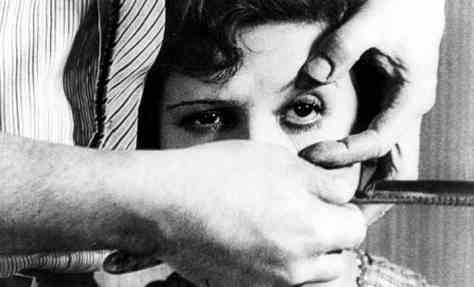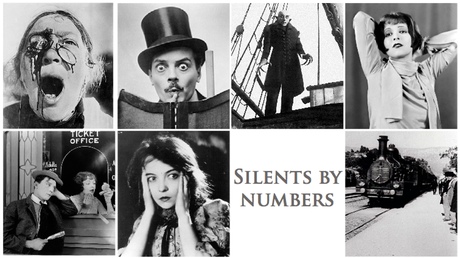Elusive films, we are always told, can turn up anywhere. And if you’ve read the Primal Screen column in this month’s issue of Sight & Sound, you’ll know the truth of that. Oliver Gaycken, an early cinema scholar at the University of Maryland, stumbled across (most of) a missing Charles Urban film, Cheese Mites (1903) on YouTube. He describes it as “a landmark of early cinema, one of the first film ever made for general audiences about a scientific topic.”
The uploader, not knowing anything about the 35mm nitrate strip he had picked up from an antiques shop, had found an ingenious lo-fi method of digitising the film, and posted it on the video site under a name of his own devising. Gaycken was sent a link by chance and recognised it immediately. Anyway, you can buy the magazine to read the full story, or indeed pre-order Gaycken’s book Devices of Curiosity: Early Cinema and Popular Science, forthcoming from Oxford University Press.
You can see Cheese Mites, properly restored and digitised, on the BFIplayer, or indeed on the institute’s own YouTube page. One thing that will strike you, as you watch those microscopic critters wriggling under the professor’s magnifying glass, is that Cheese Mites is more than a little bit repulsive. The tweedy professor (F Martin Duncan), turns his magnifying glass from his newspaper to his lunch, and uncovers a microscopic crowd of wriggly creepy-crawlies. In the still missing last scene, he chucks his cheese away in horror. You won’t see your humble cheddar-and-pickle sarnie in the same way again. And so, to celebrate this unlikely discovery, here are 10 totally gross moments in silent cinema. Hold on to your stomachs … this is not for the squeamish.

The eye-slashing in Un Chien Andalou
Yes, I now that Bunuel and Dali cut to a calf’s eye for the breathtaking “out, vile jelly” opening to this surreal classic. But come on, weren’t you fooled the first time you saw it? And there’s nothing particularly wholesome about a dead calf wearing mascara anyway. See also: the rocket crash-landing in the man in the moon’s eye in George Méliès’ Voyage Dans La Lune (1902) – so much more gory in full colour.
The maggots in Battleship Potemkin
Similarly, the first time one watches Eisenstein’s bombastic Potemkin, one might expect the maggots in the Men and Maggots title card to be metaphorical rather than literal. And certainly one wouldn’t expect to see them in a gruesome close-up, squirming under the doctor’s glasses. “This meat could crawl overboard on its own!” Upsettingly, the resulting stew is only the second most disgusting casserole in this list.
Alice Guy-Blaché’s modern surgery
George Mélies made a version of this a few years later, often titled Une Indigestion, but Guy-Blaché’s earlier film Chirurgie Fin de Siecle (1900) is more widely available. And it’s not one to watch the night before an operation. In this clinic, a sign pleads “On est prie de ne pas crier/Please do not cry”, and the doctors set about the patient with saws, cheerily hacking off limbs, and then slopping them into a bucket, all the while arguing ferociously with each other. They then reattach arms and legs from a bucket of “exchange pieces” (using glue) before re-animating their victim, I mean patient, with bellows.
Continue reading Cheese Mites (1903) and 10 more disgusting moments in silent cinema


